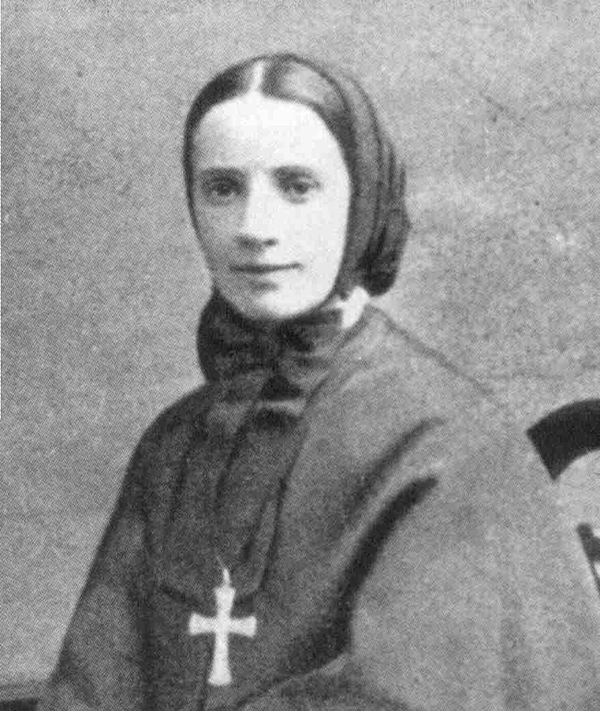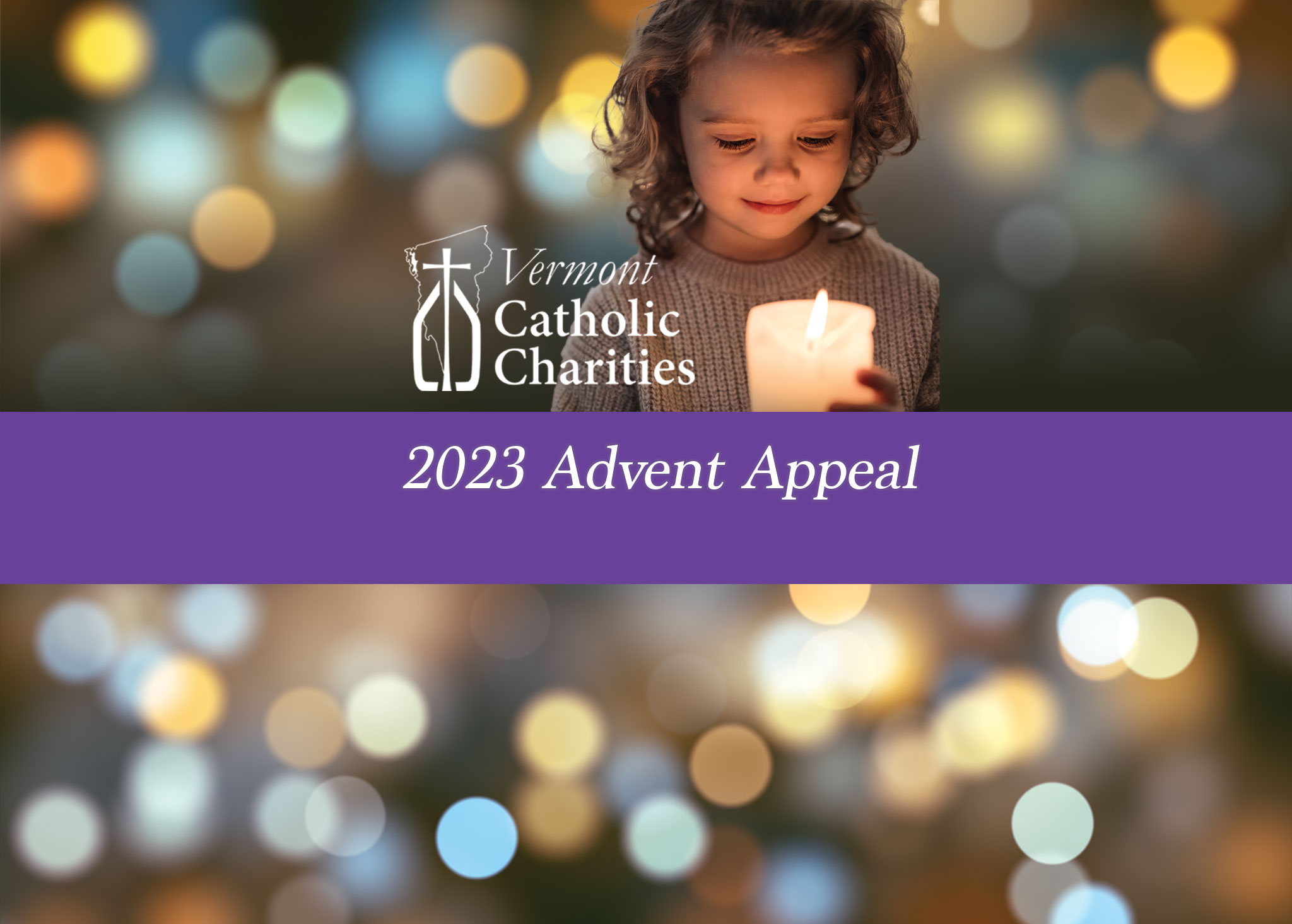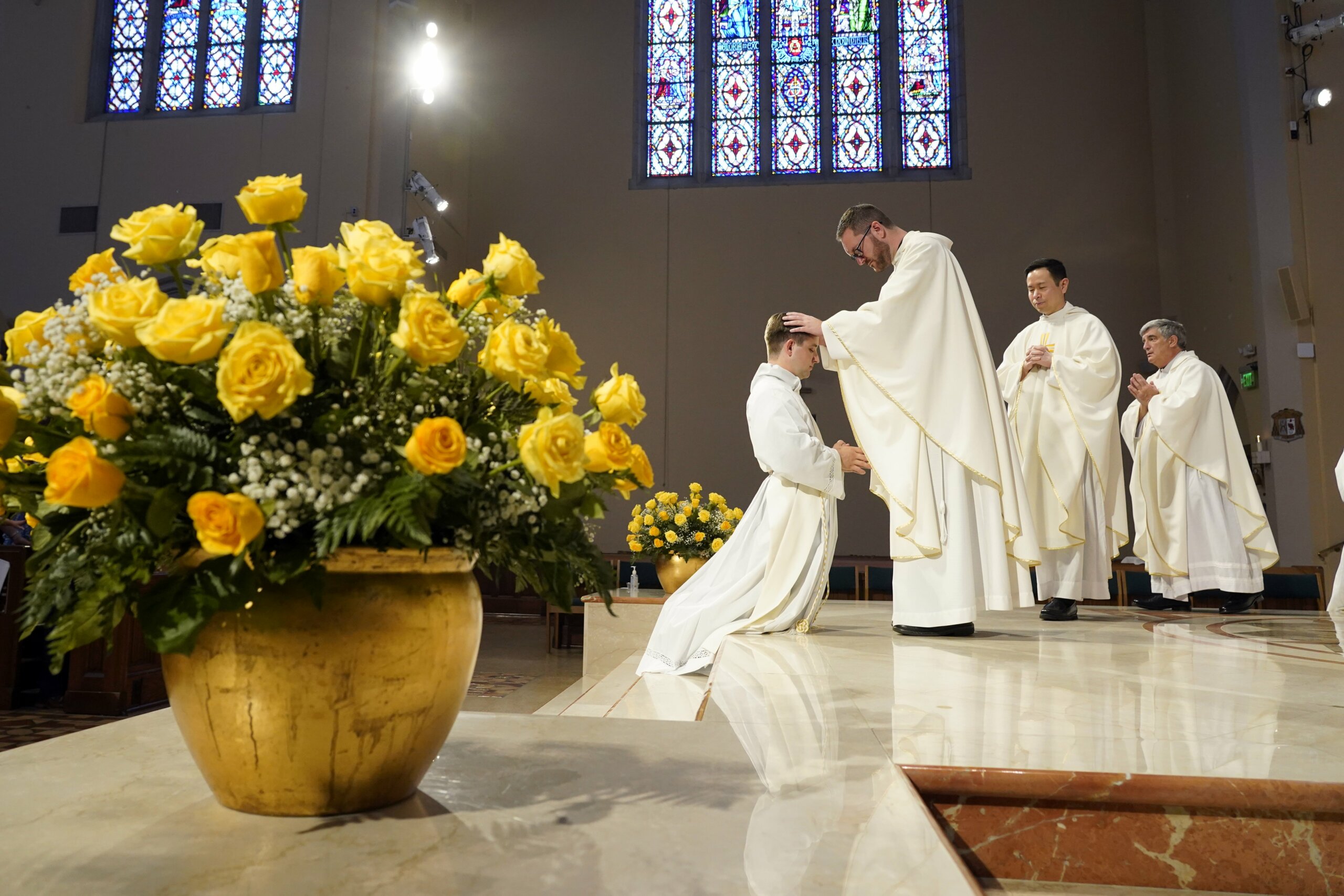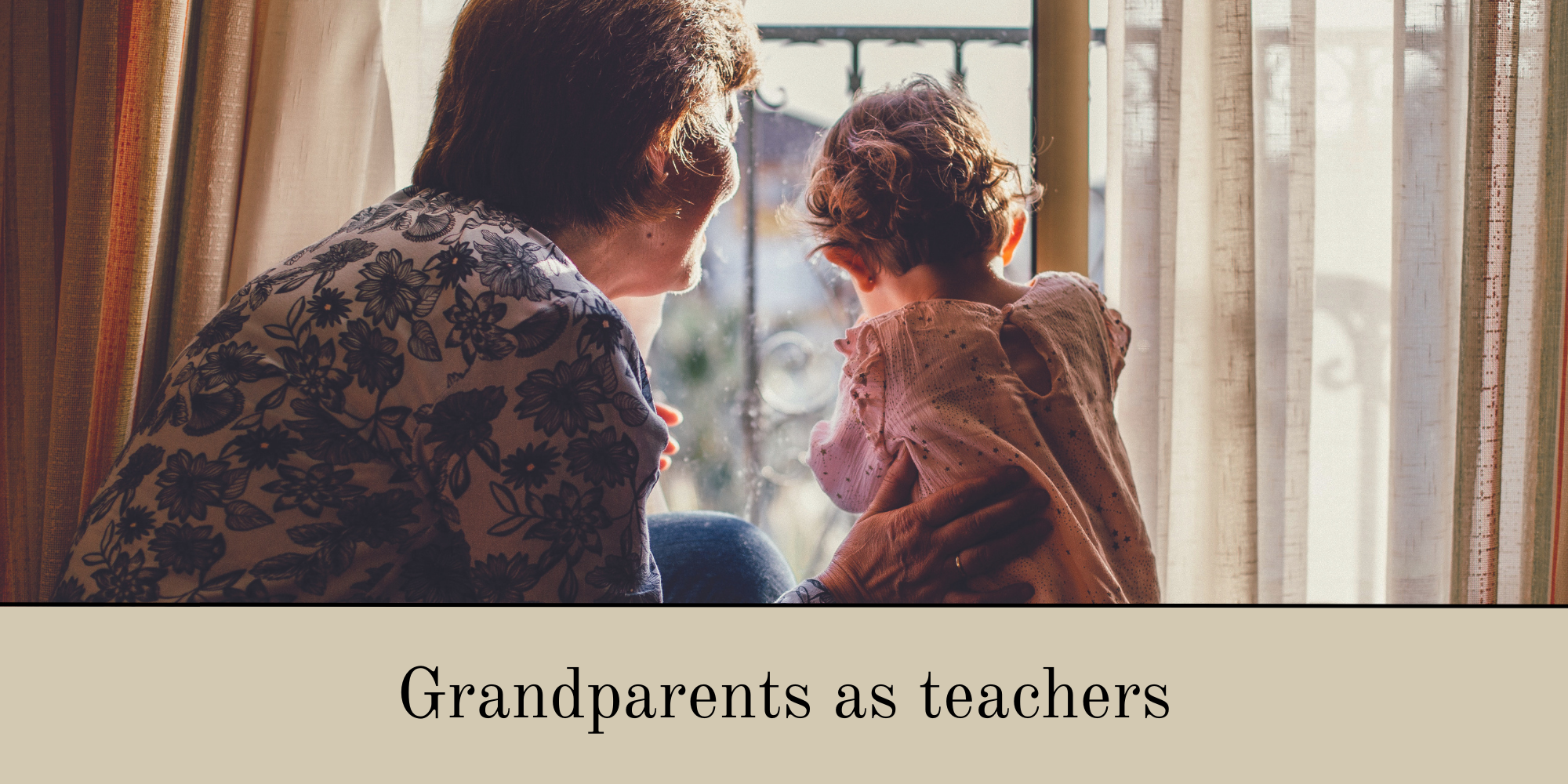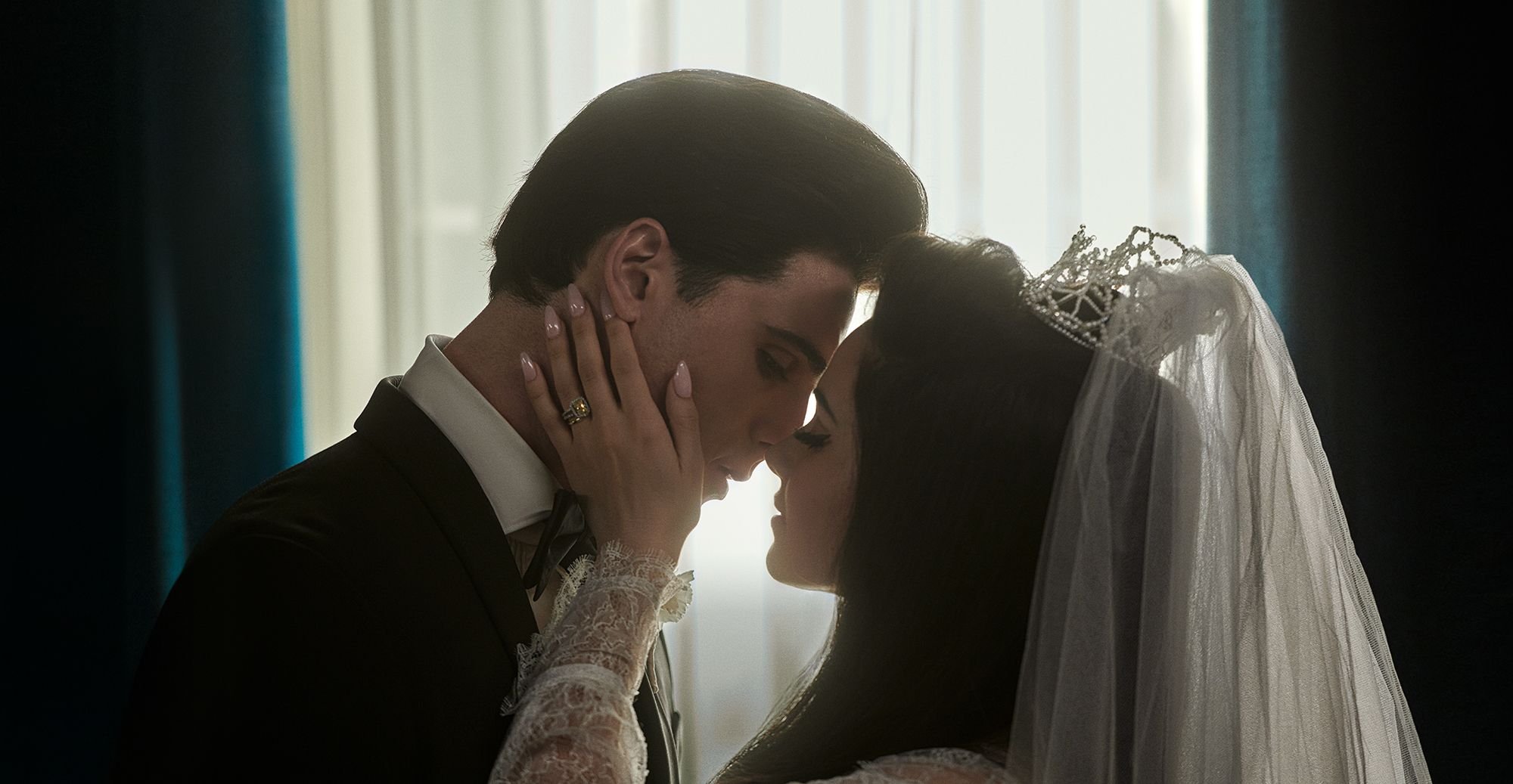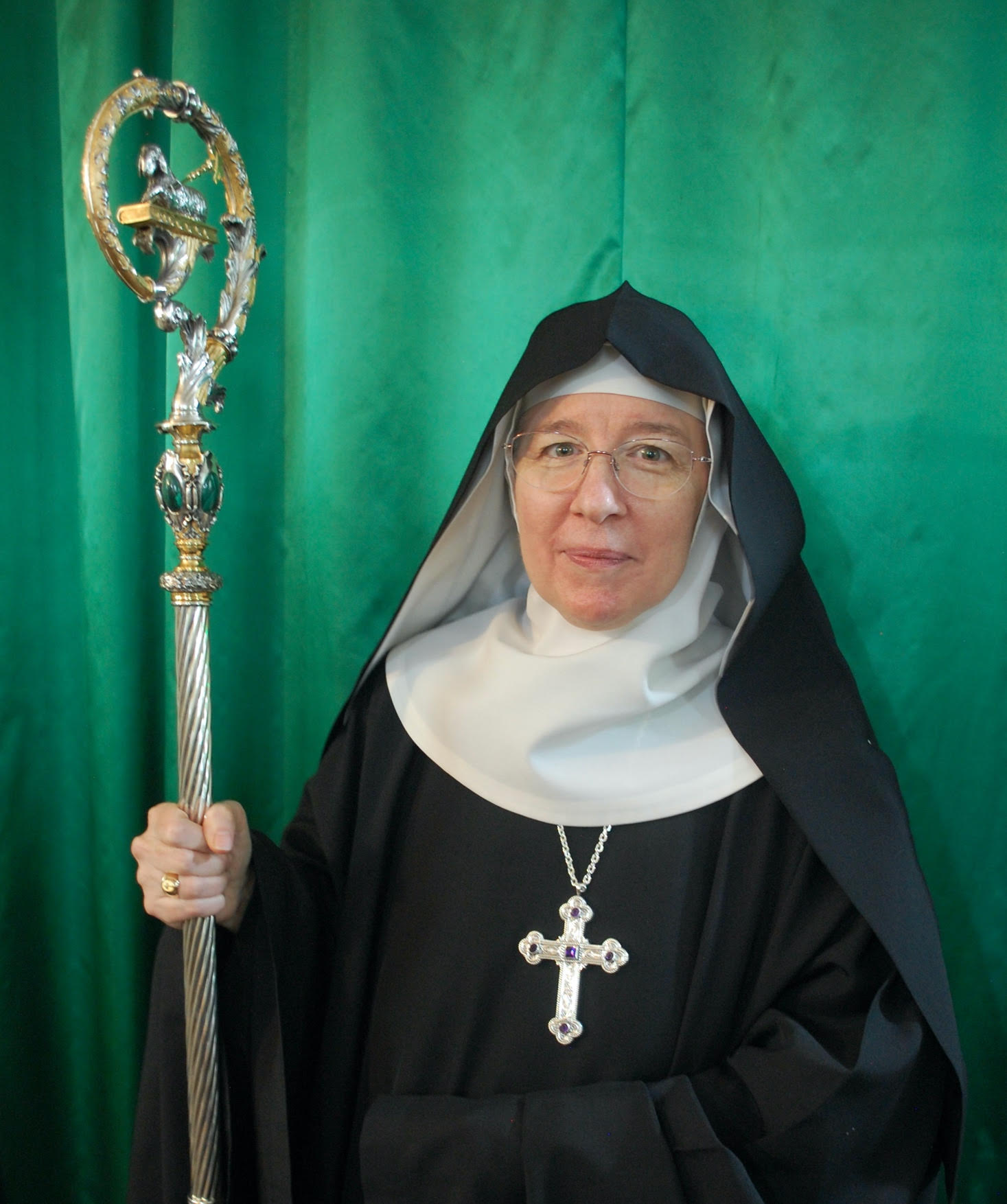
More than 500 people attended the Nov. 11 Abbatial Blessing at St. Mary Star of the Sea Church in Newport of Mother Benedict McLaughlin, OSB, first abbess of Immaculate Heart of Mary Abbey in Westfield.
More than 40 years after the first American cloistered monastery of the Benedictine Congregation of Solesmes was officially dedicated in Westfield, it was raised to the status of an abbey in June, and Mother Benedict was elected the first abbess.
With an international congregation of nuns, abbesses, abbots, and priests as well as family members and friends of Mother Benedict, Vermont Catholics and others eager to witness the once-in-a-lifetime event, the Saturday morning Mass was celebrated by Right Rev. Dom Geoffroy Kemlin, OSB, abbot president of the Solesmes Congregation from France.
The imposing church that overlooks Lake Memphremagog was a suitable site for the large gathering, hosted by parishioners and Vocationist Father Rijo Johnson, pastor of Mater Dei Parish based in Newport, which includes St. Mary Star of the Sea Church.
“I feel a deep sense of gratitude to our foundresses for bringing the Solesmes tradition of Benedictine contemplative life to the United States and an awareness of the responsibility to hand on the heritage that it has been a privilege to receive,” Mother McLaughlin wrote in an email before the Abbatial Blessing.
During the Mass, which was celebrated in Latin, the abbot president asked the abbess-elect questions about such things as her intention to persevere in her resolve to keep the Rule of St. Benedict and instruct her sisters to do likewise; about her intention to show fidelity, obedience and reverence to the Church and the pope and his successors; and her intent to show obedience to her ordinary in the government of the abbey according to the canonical laws and constitution of the congregation. To all of these and other questions, she replied, “Volo” (I do).
During the Litany of Saints, the abbess-elect prostrated herself in the sanctuary, and the abbot president blessed her. He then presented the abbess with the Rule of St. Benedict and the abbatial insignia (a ring and a crozier).
The newly blessed abbess was greeted by her two assistants and the guest abbesses, and then the nuns of her own community offered their obedience.
Among those that greeted her was Sister Laurence Couture, OSB, the first prioress. “I am very happy; this is a great day,” she said as she waited for the Mass to begin.
She said Mother Benedict “will be very good” as abbess. “She is a good nun and very bright.”
Mother Benedict, 62, was born in Pittsburgh, Pennsylvania, and earned a bachelor’s degree in Foreign Service from Georgetown University. “I wanted to be a missionary, which is why I studied foreign service, but the Lord had a different idea,” she said in her email.
She worked for seven years as a legal secretary in a large Washington, D.C., law firm to pay her college debt before she could enter the monastery.
“My discernment visit to the [Westfield] monastery coincided with Holy and Easter weeks, and I was captivated by the beauty and power of the liturgy, solemnly celebrated with Gregorian chant and deeply rooted in history,” she explained. “But it was the singing of the psalms — using God’s own word to speak to God — that ultimately drew me to enter.”
She made her final profession in 1995.
“The contemplative life is, by its very nature, a hidden life, so that the nuns can be totally available for God, who loves us and who deserves to be loved above all else in return,” she wrote. “However, there can be a temptation for nuns to think that because their life is hidden with God that they are forgotten by people. The outpouring of kindness and generosity on the part of the diocese, our neighbors, and friends since the announcement of our becoming an abbey, has proven that this is far from the truth. We are immensely grateful.”
Josh Perry, director of the Office of Worship for the Diocese of Burlington, said the work of the abbey goes unseen by most Catholics in the diocese, but the lives of the nuns in the community are a living witness to St. Paul’s command to “pray without ceasing” and St. Benedict’s call to the “work of God” – “ora et labora” (prayer and work).
“The presence of the abbey in Vermont has become an integral part of the identity and mission of our local Church. In one sense, I view the ministry of the sisters (and the other contemplative communities here) as one of the lungs that breathes life into the wider work of our Church, the other lung being the liturgical life in our parishes that nurtures the spiritual life of Catholics who then go out into the world to spread the Good News,” he said. “The nuns of the community support and hold us up in our evangelizing work through their constant and dedicated prayer. The prayer of the contemplative communities in the Church sustain the Church in its ministry to the world.”
He called the Abbatial Blessing an opportunity for the diocesan Church gathered together to publicly join with the nuns in giving thanks to God for their important presence. The presence of abbots and abbesses from the United States, Canada, and abroad and the celebration of the Mass in Latin — is a visible sign of the universality of the Church — made the blessing not only “a celebration of the abbey or even just of our diocese, but a celebration of the entire universal Church,” he said. “It’s an honor and a joy to be a part of that.”
In his homily at the Mass, Father Gabriel O’Donnell, a Dominican priest of the Province of St. Joseph and professor of Spiritual Theology at the Dominican House of Studies in Washington, D.C., said the blessing of an abbess sets her apart from the other nuns as one who must inspire and encourage as well as correct and call to account: “It would be an impossible task were it not for the grace of Christ which makes all things possible when undertaken in His name and for the good of His flock.”
He encouraged her to “cling to Christ” and let Him love her and let that love give her confidence that He will guide her at every moment.
Monks and nuns are always waiting, keeping vigil for the arrival of the Lord. “They greet Him each morning and through the day in the life of worship, in the silence of the monastery, in prayer, and withdrawal from the world. Every aspect of monastic life is ordered to the future,” he said.
The former prioress, in contemplating the joy of the celebration she attended for her new abbess, looked back briefly as she commented, “I never thought (the monastery) would be an abbey. We were just so happy to open the monastery.”
Msgr. John McDermott, apostolic administrator of the Diocese of Burlington, read an apostolic blessing from Pope Francis and offered his own congratulations, best wishes and prayers at the end of the Mass: “It’s a great day for the Abbey of the Immaculate Heart of Mary [and] a wonderful and beautiful day for the Diocese of Burlington.”

